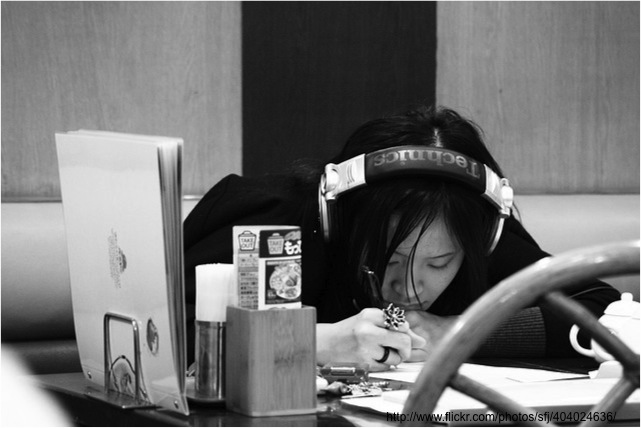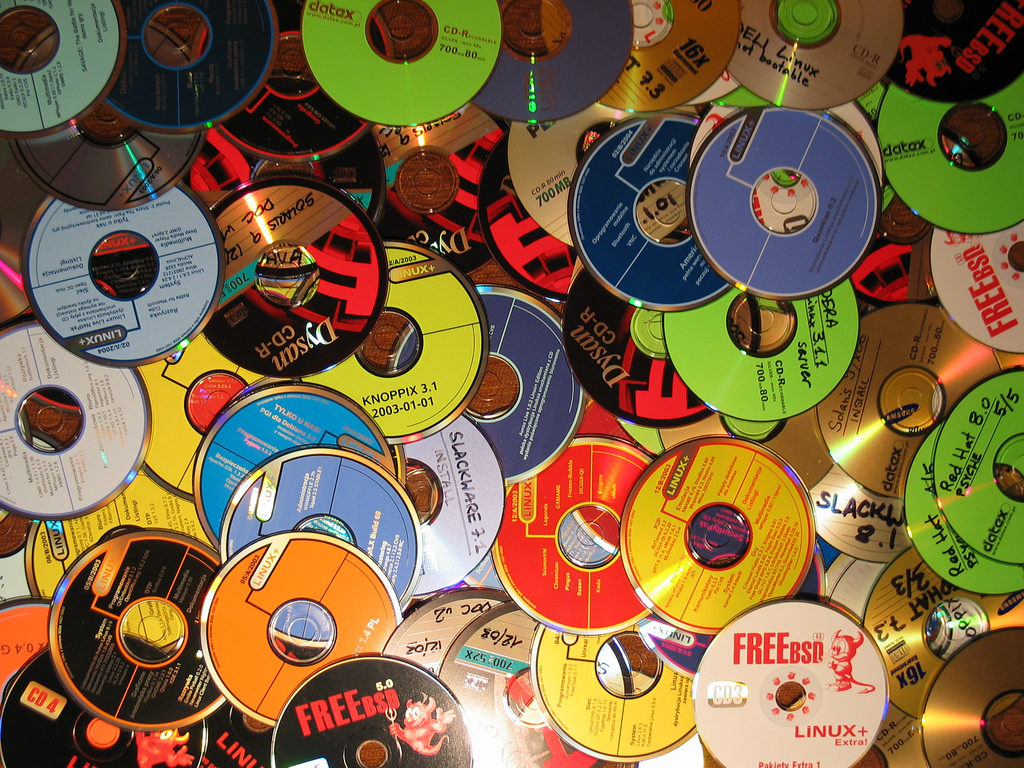Educational Technology refers to the use of all human inventions
and discoveries to satisfy our educational needs and desire, i.e.,
learning. These inventions and discoveries can be devices, tools,
equipment, activities, procedures and processes. Educational technology
is more than instructional technology in the same way that education is
more than instruction.

Technology can be a boon or bane(good or bad) to a man depending on how he/she use it.

Technology can be a boon or bane(good or bad) to a man depending on how he/she use it.

The Cone of Experience of Edgar Dale in Educational Technology 1, is a visual representation of learning resources arranged according to degree of abstractness. Field trips, dramatizations, etc. were included in this Educational Technology 1 subject. Educational Technology helps the learners to facilitate learning. One very important lesson from this course is "never teach only with words". Use a visual aid or better still an audio-visual aid or best a multisensory aid. The more senses that are involved in the learning process, the more learning takes place.









